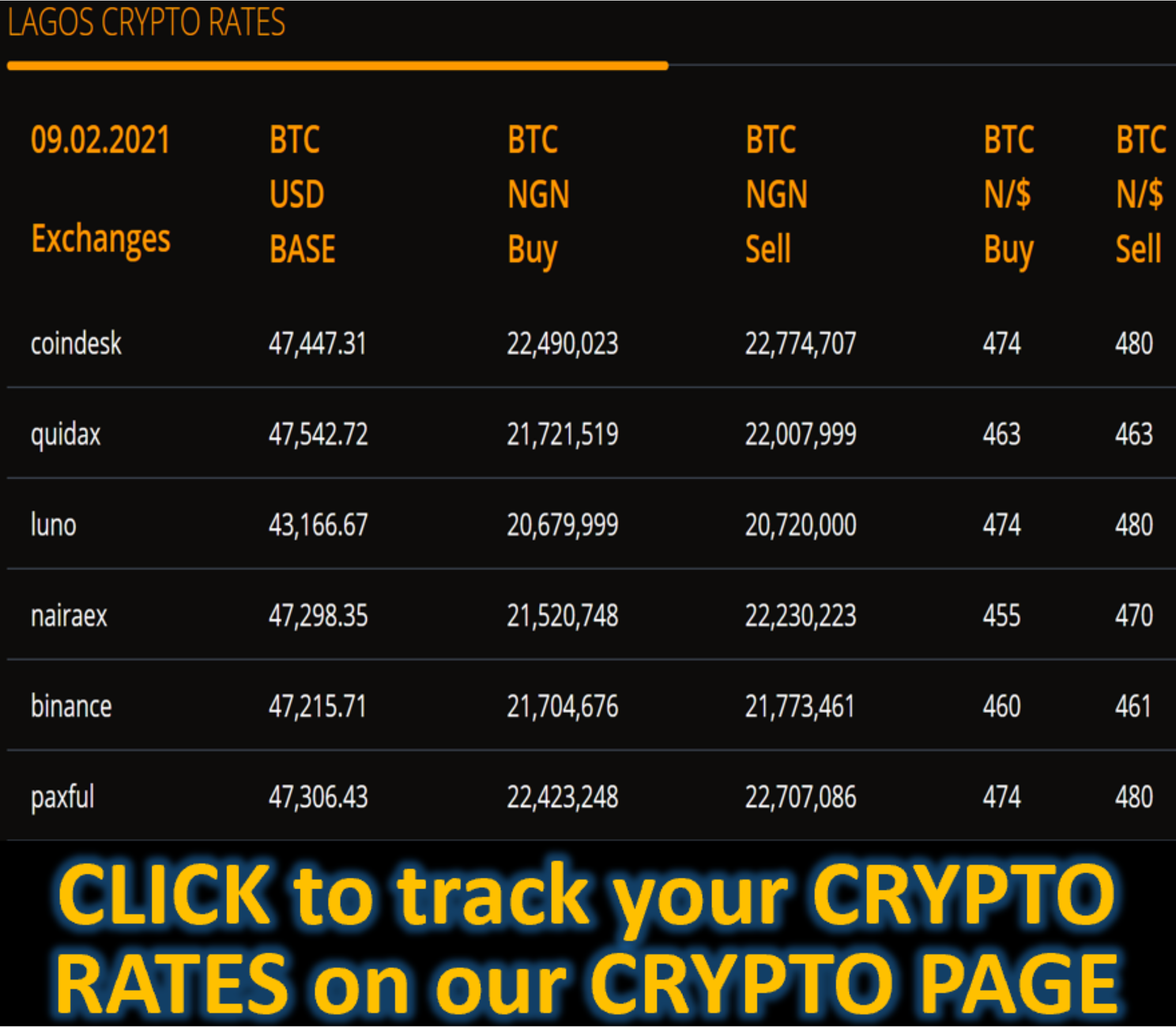Market News
Unemployment rate hits highest outside Covid years for almost a decade - P.A.MEDIA
The UK’s jobless rate has hit its highest level outside the pandemic era for nearly a decade as experts said the further evidence of a weakened labour market made a year-end interest rate cut more likely.
Official figures showed the rate of unemployment surged to 5% in the three months to September, up from 4.8% in the three months to August.
The Office for National Statistics (ONS) said that, with the skewed levels seen during the Covid-19 years stripped out, this was the highest seen since August 2016.
The ONS said average regular wage growth also pulled back again, to 4.6% in the three months to September, down from 4.7% in the previous three months.
Experts said the weaker-than-expected figures reinforced the case for the Bank of England to cut interest rates next month.
Martin Beck, WPI Strategy chief economist, said: “With pay growth slowing further, the data strengthen the case for the Bank of England to cut interest rates next month.”
He warned that the “prospect of new tax rises in the upcoming Budget poses further risks to employment, particularly if the Chancellor again looks to raise taxes on businesses”.
Mr Beck added: “But this time, Rachel Reeves is more likely to target earners rather than employers.”
The pound slipped back, down 0.4% to 1.313 US dollars and 0.4% lower at 1.135 euros, as financial markets increasingly bet on a year-end rate cut.
The ONS said earnings are still outstripping inflation, although by a smaller margin, with real wages 0.8% higher after taking Consumer Prices Index (CPI) inflation into account, down from 0.9% in the previous three months.
In further evidence of a tough jobs market, the ONS estimated the number of workers on UK payrolls fell by 32,000 during October to 30.3 million, following an upwardly revised 32,000 drop the previous month, although the numbers are subject to further revisions.
This was the largest two-month drop since late 2020, economists said.
ONS director of economic statistics Liz McKeown said: “Taken together these figures point to a weakening labour market.
“The number of people on payroll is falling, with revised tax data now showing falls in most of the last 12 months.”
There was one bright spot in the data, with vacancies rising for the first time in more than three years – estimated to be up by 2,000, or 0.2%, to 723,000 in the three months to October.
Mr Beck said the sharp drop in payrolls data pointed to caution among businesses ahead of the November 26 Budget.
“Signs of renewed weakness in the UK labour market suggest the real economy is starting to feel the chill of Budget tax uncertainty,” he said.









